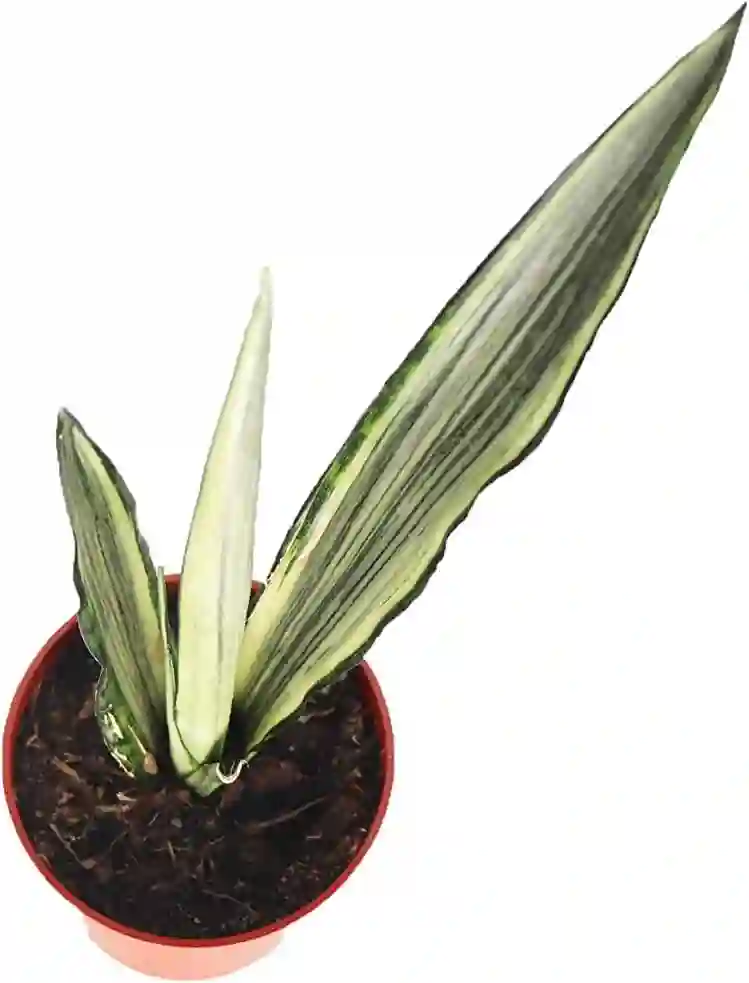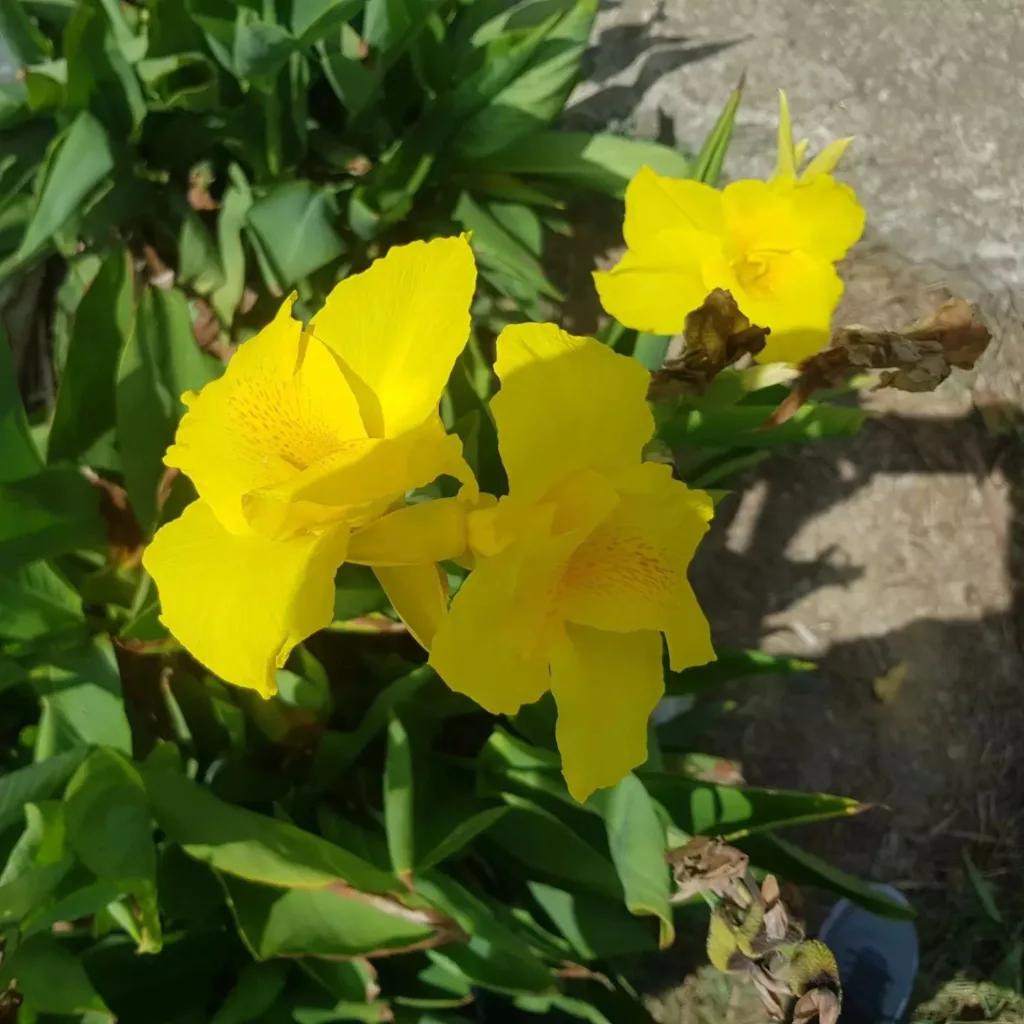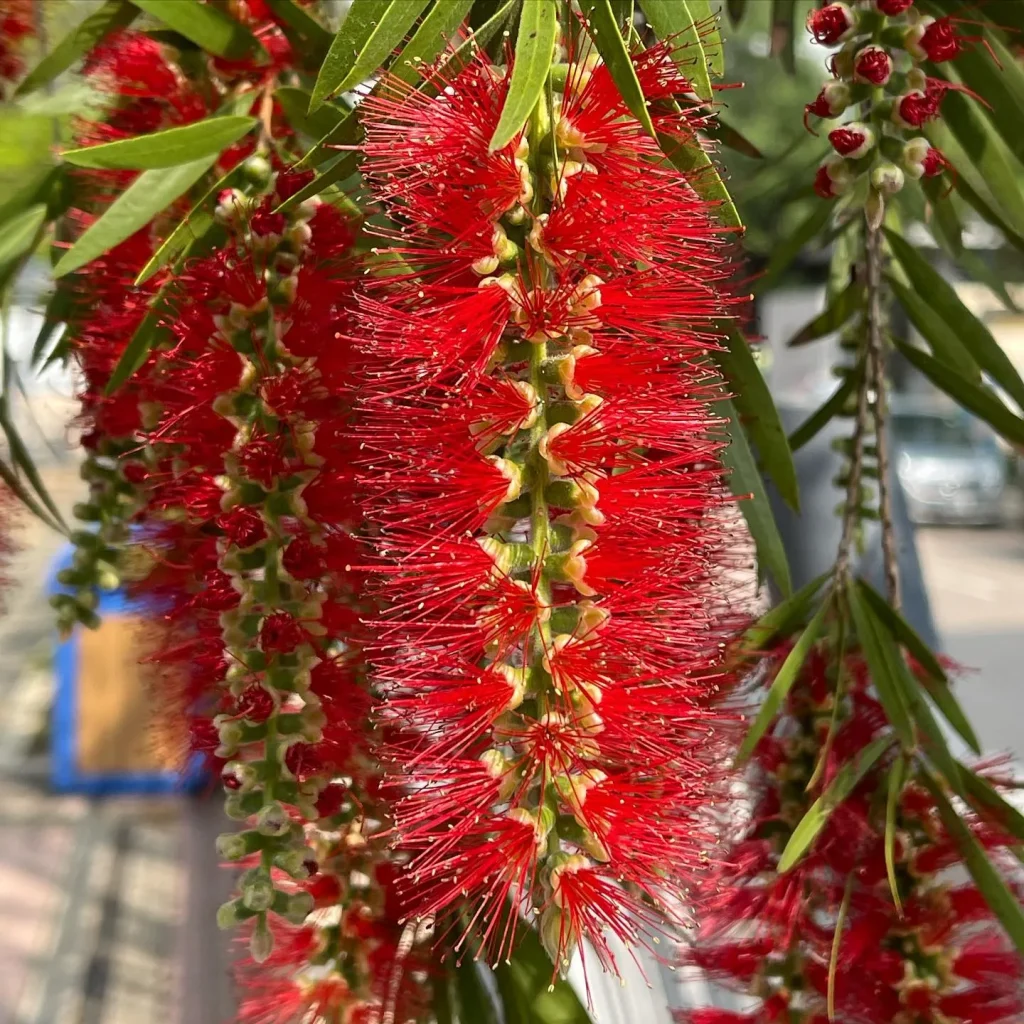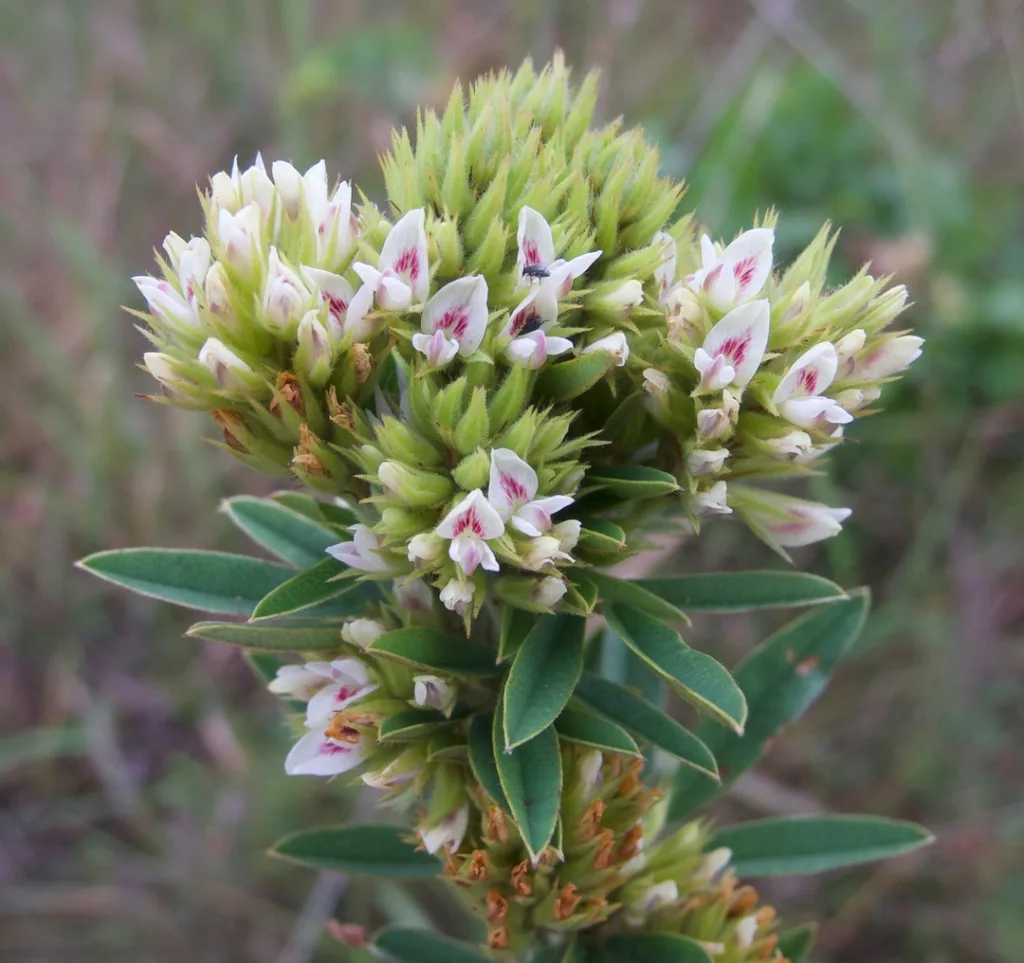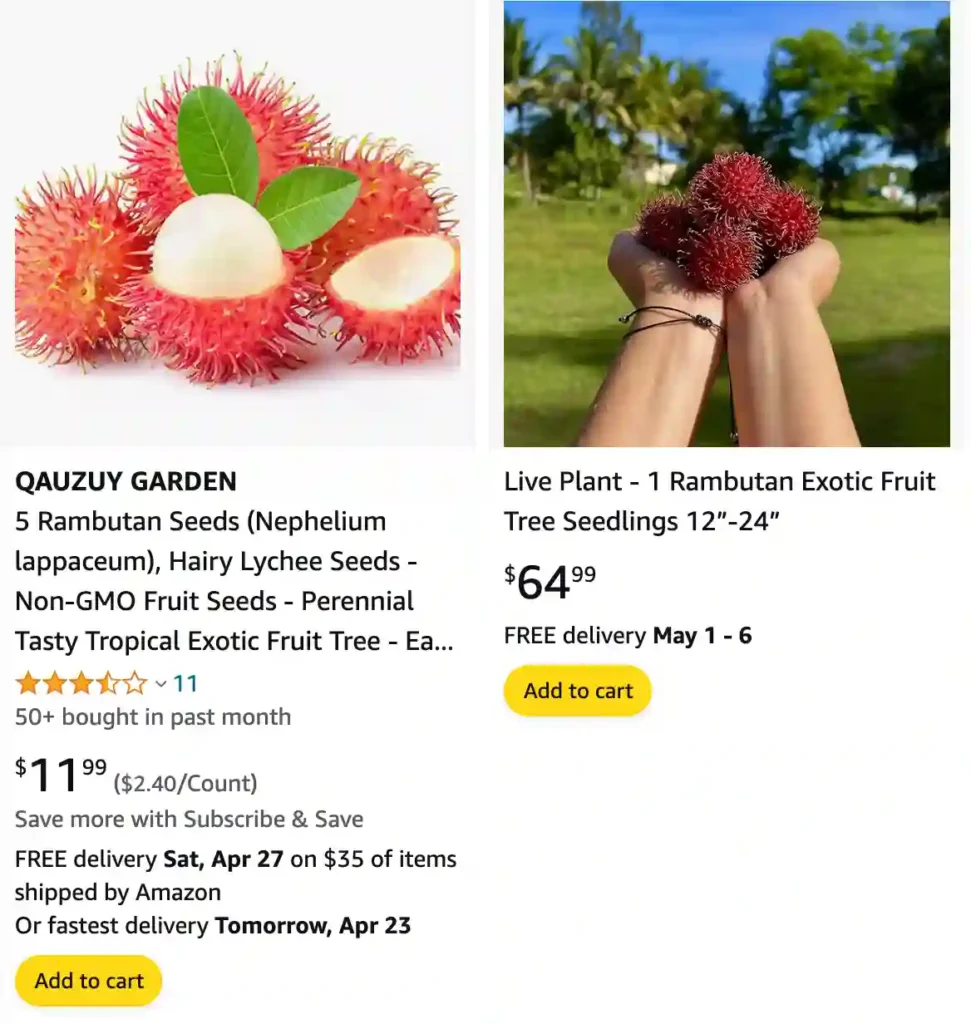
Rambutan – Nephelium Lappaceum: A Journey Through Its Splendor
Rambutan, scientifically known as Nephelium lappaceum, holds a special place in my heart. This tropical gem, with its unique appearance and captivating flavor, has been a constant in my culinary adventures. Originating from Southeast Asia, it has become a celebrated fruit worldwide, and I’m thrilled to share my experiences and insights into its charm.
24 Species in Genus Nephelium
The Allure of Rambutan
The first time I encountered a rambutan, I was immediately drawn to its peculiar appearance. The fruit’s spiky, hairy exterior—often red or yellow with greenish tips—makes it look like a vibrant, otherworldly orb. Despite its slightly intimidating look, the shell is surprisingly easy to peel. Beneath lies the translucent, juicy flesh that encases a single seed. The taste? A delightful mix of sweet and mildly acidic, reminiscent of lychee but with a subtle floral undertone.
What makes rambutan particularly fascinating is how its appearance varies across regions. In my travels, I’ve seen rambutans that are smaller or larger than usual, some with deep crimson hues and others leaning towards yellow. Regardless of its form, the fruit never fails to intrigue.
Growing Rambutan: A Personal Challenge
Cultivating rambutan has been one of my most rewarding horticultural pursuits. Native to warm, humid climates, rambutan thrives in fertile, well-drained soil. I started my rambutan journey with a grafted sapling, as it offers quicker fruiting compared to growing from seeds.
The plant demands patience. It takes about three to five years to bear fruit, but the wait is worth it. I’ve learned to manage its watering needs carefully—too much water can lead to root rot, while insufficient moisture affects its growth. My rambutan tree, now standing tall in my backyard, has become a symbol of persistence and reward.
Harvesting is a moment of joy. I ensure the fruit is ripe, indicated by its vibrant skin color and firm feel. Picking them too early compromises the flavor, while overripe fruits lose their texture. Over the years, I’ve developed an intuitive understanding of when my tree’s fruits are at their peak.
Rambutan in My Kitchen
Rambutan isn’t just a fruit for snacking; it’s a versatile ingredient in my kitchen. Freshly peeled, it’s perfect on its own or as a part of fruit salads. I often pair it with tropical fruits like mango, papaya, and pineapple for a refreshing medley.
One of my favorite rambutan recipes is a tropical sorbet. By blending the fruit’s flesh with a hint of lime juice and freezing the mixture, I create a dessert that captures the essence of summer. Rambutan also complements savory dishes. I’ve experimented with incorporating it into sweet-and-sour sauces or as a garnish for spicy curries, and the results are always delightful.
Health Benefits I Appreciate
Rambutan is not just delicious but also a nutritional powerhouse. Rich in vitamin C, it boosts immunity and aids in collagen production, which is excellent for skin health. Its fiber content promotes digestion, while the antioxidants help combat free radicals.
I’ve noticed that consuming rambutan keeps me energized, thanks to its natural sugars. Additionally, its seed oil, though less commonly used, is said to have benefits for skin and hair. While I haven’t ventured into extracting the oil myself, it’s fascinating to know the potential uses of this fruit extend beyond consumption.
Rambutan and Sustainability
One aspect I deeply admire about rambutan is its role in sustainable agriculture. The tree contributes to biodiversity and thrives in agroforestry systems. In regions where it’s grown commercially, rambutan farming supports local economies, providing livelihoods to countless families.
In my garden, my rambutan tree has become a haven for pollinators. Bees and butterflies often visit during its flowering phase, adding vibrancy to my outdoor space. I also compost the peels, ensuring nothing goes to waste.
Rambutan’s Cultural Significance
Rambutan’s cultural importance in Southeast Asia is profound. In countries like Indonesia, Malaysia, and Thailand, it’s not just a fruit but a part of the region’s identity. Festivals celebrating its harvest are a testament to its cherished status.
Whenever I enjoy rambutan, I’m reminded of its roots and the sense of community it fosters. Sharing a bowl of fresh rambutans with family and friends is a tradition I cherish.
FAQs
How to eat rambutan?
Eating rambutan is a fun experience. Before anything else, I always choose rambutan fruits with vibrant red skin for that perfect ripeness. Then, I hold the little fruit between my thumb and fingers, make a small slit with my fingernail halfway around the middle, and gently pull apart the halves of the skin. Inside is this glistening white orb, I pop it right in my mouth. The seed inside can sometimes cling to the flesh, so I gently bite around it. It’s a little messy, but the sweet-tart flavor and the unique texture are so worth the bit of juice dribbling down my chin!
What does rambutan taste like?
The taste of rambutan is something I find hard to describe. It’s sweet, definitely, but there’s almost a floral hint to it, with a touch of something like a juicy grape. There’s just the slightest bit of tartness too, just enough to balance out the sweetness. It makes me think of tropical islands and fresh, exotic fruit flavors. Plus, I love the texture! It’s firm but yields a bit as you bite into it, sort of like a cross between a grape and a lychee.
Can dogs eat rambutan?
I’ve always been careful about what snacks I share with my dog. While the fleshy part of rambutan itself is safe for dogs, it’s definitely not a typical treat they should have. The real problem is the seed and the skin. The seed has trace amounts of cyanide which is definitely bad for dogs, and the skin is rough and hard to digest. I love rambutan, but it’s one of those fruits I prefer to enjoy on my own rather than risk making my furry friend sick.
What is rambutan?
Honestly, I wouldn’t recommend eating rambutan seeds raw. Apparently, they contain traces of potentially harmful compounds that are best avoided, especially for kids and animals. However, I did hear that in some places people roast the seeds, which seems to remove any potential toxicity and create a nutty flavor. While I’m curious to try roasted rambutan seeds one day, it’s not something I’ve tried yet. For now, I stick to savoring the sweet flesh of the fruit and spitting out the seeds!
Is rambutan lychee?
I used to mix up rambutan and lychee all the time when I first encountered them. They’re both tropical fruits with unique appearances and sweet flavors, and they’re actually related! But, they’re definitely not the same. Rambutan is that bright red one with soft spines, and lychees have bumpy pink skin. Inside, a rambutan has a more grape-like translucent white flesh, while a lychee is even juicier. I love them both, but each offers a slightly different fruity adventure.
How to grow rambutan from seed?
I haven’t had the luck of growing rambutan from seed myself, mainly because I live in a climate far from where they thrive. But, I’ve always been fascinated by the idea! From what I’ve read, it starts with getting a really fresh rambutan seed and keeping it moist. You nestle that seed flat into some well-draining soil, keep it warm and humid, and it might sprout! Apparently, it’s a bit of a challenge, and it takes years to get any fruit from a rambutan tree. It sounds like an awesome project if you’re patient and live in a warm enough place to support it!
How to tell if rambutan is spoiled?
I always trust my senses to check if rambutan has spoiled. A good rambutan will have bright red skin and those vibrant green “hairs”. If the skin starts turning brown and getting wrinkly, or if the hairs turn black, I know it’s gone bad. Another tell-tale sign is mold – any fuzzy spots mean the fruit is no longer enjoyable. If it smells kind of sour or fermented instead of sweet, that’s another sure sign it’s time to toss it out. I hate wasting it, but I’d much rather be safe than sorry!
How to cut a rambutan?
I find the trick to cutting a rambutan is all about finding that seam. I hold the fruit firmly between my thumb and fingers, and then use my fingernail or a paring knife to make a shallow cut along the middle of the fruit, going about halfway around. Then, I give a gentle twist to snap the two halves of the fuzzy skin apart. It reminds me of opening one of those plastic Easter eggs! Doing it this way helps keep my fingers safe from all those soft spines and makes it easy to enjoy the juicy fruit inside.
How to tell if rambutan is ripe?
The main way I tell if a rambutan is ripe is by looking at the color. Unripe rambutan will be green or have big patches of green, but as they ripen the skin turns a vibrant red, orange, or even yellow! Also, the little “hairs” on the skin start off green and firm, but when the fruit is perfectly ripe, they’re softer and more flexible. One extra trick is to feel the weight – a ripe rambutan will feel heavier in your hand compared to an underripe one.
Where to buy rambutan?
The best place to find amazing rambutan depends on where you live and the time of year:
Southeast Asian Countries: If you’re lucky enough to be in Southeast Asia (like Thailand, Malaysia, or Vietnam) during rambutan season, you’ll find them in almost any local fruit market or even from roadside vendors. It’s the freshest, most delicious way to enjoy them!
Specialty Asian Markets: In places like the US or Europe, your best bet is to try Asian grocery stores or markets specializing in tropical fruits. They often import rambutan when it’s in season.
Online Retailers: Sometimes, you can find fresh rambutan through online retailers specializing in exotic fruits. Keep in mind this option can be more expensive and availability is often limited to certain seasons.
How to store rambutan?
To make my rambutan last longer, the fridge is my best friend. I usually wrap any uneaten rambutan loosely in a paper towel, then pop them into a perforated plastic bag or a container with a slightly opened lid. This helps keep them from getting too moist and going bad. In the refrigerator, they usually stay fresh for up to a week or two. If I have too many, I sometimes remove the flesh, discard the seeds, and even freeze those little rambutan orbs for later! They make a fantastic addition to smoothies or a unique topping for a bowl of tropical fruit.
When is rambutan in season?
Rambutan season depends on where they’re grown! In their native Southeast Asia, they usually have two main fruiting seasons. The biggest one is in the summer months, generally between May and July. There’s often a smaller harvest sometime in late fall or early winter too.
If you’re looking for rambutan in other parts of the world where they’re imported (like the US or Europe), the season might be shorter or shifted due to transportation times. Your best bet then is to check with specialty Asian markets to see when they expect shipments of this delicious fruit!
How many rambutan can i eat a day?
While I love that sweet rambutan flavor, I try to limit myself to only a few in a day. They’re naturally high in sugar, so I like to treat them as a special snack. I’d say having 5 or 6 rambutan is a great way to enjoy their unique flavor and get some beneficial vitamins and minerals without going overboard on the sugar rush. It’s all about balance, right?
How to tell if rambutan is bad?
Here’s how I check to make sure a rambutan isn’t past its prime:
Look: A fresh rambutan has bright skin with firm, green-tipped hairs. Any browning of the skin, black hairs, mold, or wrinkles means it’s gone bad.
Feel: Gently squeeze the rambutan. If it feels overly mushy or if juice leaks out, it’s definitely overripe.
Smell: A delicious rambutan has a sweet, floral scent. If it smells sour or fermented, toss it out – it won’t taste good!
Taste: Of course, if you’re still unsure and everything else seems alright, a tiny taste test will tell you everything! Bad rambutan will be sour or have a strange, off-putting flavor.
How to preserve rambutan?
Here are a few ways I preserve rambutan to enjoy them for longer:
Refrigeration: For short-term storage, keep fresh rambutan wrapped loosely in a paper towel inside a perforated plastic bag or container in your refrigerator. This helps keep them fresh for up to two weeks.
Freezing: If you have a lot of rambutan, you can freeze them! Remove the skin and seeds, and pop the fleshy orbs into airtight freezer bags. They make a delicious frozen treat or a refreshing addition to smoothies and summer drinks.
Canning: For longer-term preservation, canning rambutan in a sweet syrup is a fantastic option. Search online for recipes, you’ll usually need sugar, water, and sometimes a bit of lemon juice to create the canning liquid.
Dehydrating: If you have a dehydrator, try turning rambutan into chewy, sweet snacks! After removing the skin and seeds, lay out the rambutan flesh on the dehydrator trays and follow your machine’s instructions.
Can pregnant women eat rambutan?
As someone who loves rambutan, I looked into this recently when a friend who’s pregnant asked the same question. In general, it seems like rambutan can be a healthy snack for pregnant women, but with a few things to keep in mind:
It’s nutritious! Rambutan is packed with vitamin C, fiber, and other good stuff that can benefit both mom and baby during pregnancy.
Moderation is key. While good, rambutan is also high in sugar. It’s best to enjoy it in moderation as part of a balanced diet.
Cleanliness matters. Always wash rambutan thoroughly before eating, especially important for pregnant women to avoid any potential foodborne illnesses.
Listen to your doctor. Everyone’s pregnancy is different, so it’s always best to check with your doctor before adding anything new to your diet, just to be on the safe side.
Final Thoughts
Rambutan, to me, is more than a fruit. It’s a journey—a blend of nature’s artistry, culinary delight, and cultural richness. Whether I’m savoring its juicy sweetness, nurturing its tree, or sharing its wonders with others, rambutan remains a constant source of joy in my life.
As I reflect on my connection with this remarkable fruit, I feel grateful for the simple yet profound pleasures it brings. Rambutan is a testament to the beauty of nature and the endless possibilities it offers.
If i die, water my plants!
